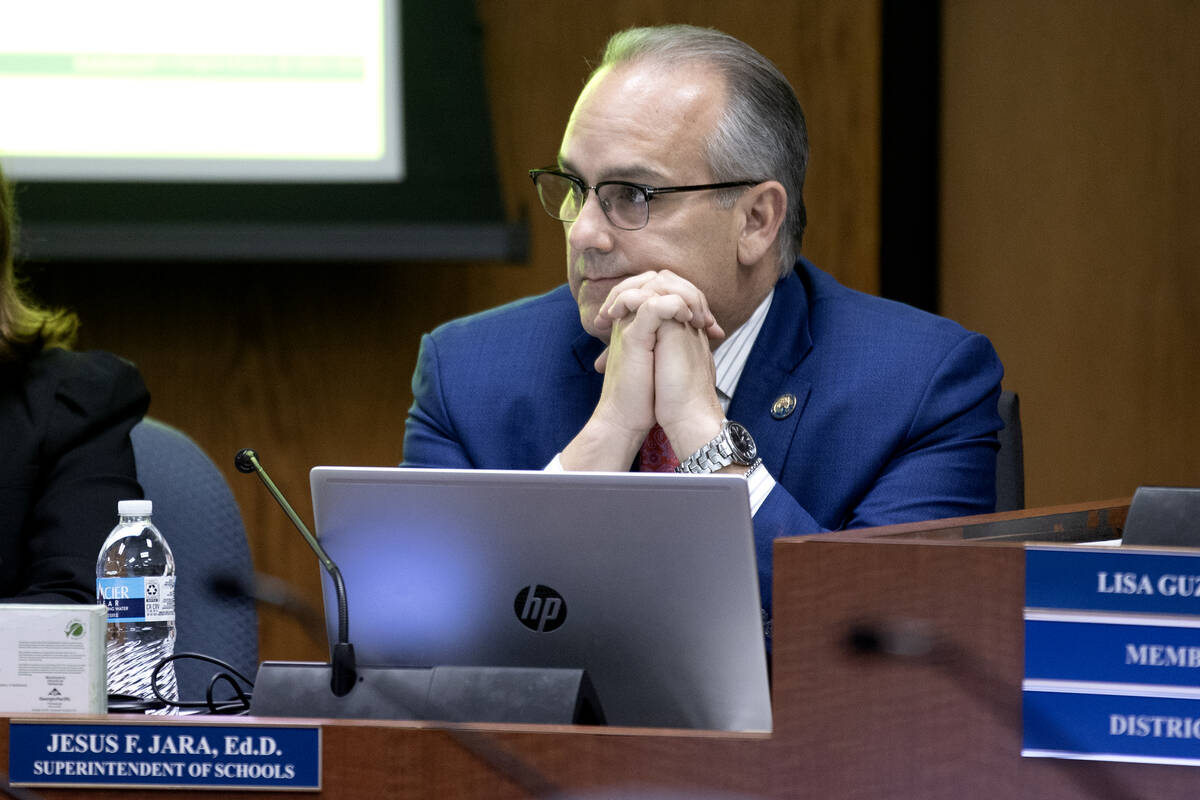EDITORIAL: CCSD invents yet another false fiscal crisis
The most enduring legacy of the federal government’s coronavirus money for education will be public school officials complaining that it’s gone.
The Clark County School District Board of Trustees recently heard a presentation on the $777 million it received in COVID-19 relief funds. So far, it’s spent almost 90 percent of the loot.
District officials are proud that the public is able to see where the money went. Only in government would something this basic be considered an accomplishment.
“I love the fact that you have been transparent,” Trustee Lola Brooks said. “The information is there. You can’t force people to access it, but it is available.”
Parents, students and taxpayers might be equally as interested in what they got for the money. That story is more depressing.
In the 2018-19 school year, the district’s third grade reading proficiency was 46.7 percent. In math, it was 47.5 percent. Those numbers were mediocre, at best. But now, they look unattainably high. In the 2022-23 school year, third grade reading proficiency was 39.3 percent and math was 38 percent. What a disaster.
If you dig past the happy talk, district officials admit major problems remain. “We wish we had a better story to share at this stage, but the unfortunate reality is that a full recovery will take years of dedicated effort,” the district’s report says.
Even high inflation can’t explain the paltry return the school district received from spending hundreds of millions of dollars. But it makes more sense when you dig into where the money went. The district has spent or allocated more than $500 million for “student success projects.” That includes more than $165 million for technology upgrades such as 83,000 Chromebooks and 4,600 iPads. It’s also put more than $200 million toward new instructional materials.
Apparently district leaders learned nothing from the failure of distance learning. Inundating students with more technology and flashy new curriculum won’t do much if they haven’t learned the basics, such as reading, writing and math.
The district also spent $213 million on $2,000 retention bonuses for employees.
Chief strategy officer Kellie Kowal-Paul then warned the board that schools face financial difficulties because this money is going away. That could include the loss of positions and programs. It would be more instructive to ask why such “one-shot” spending was built into baseline budgets or used for ongoing expenditures in the first place.
The coronavirus crisis and the pandemic are over, but the illusory emergency of education underfunding never will be.




























